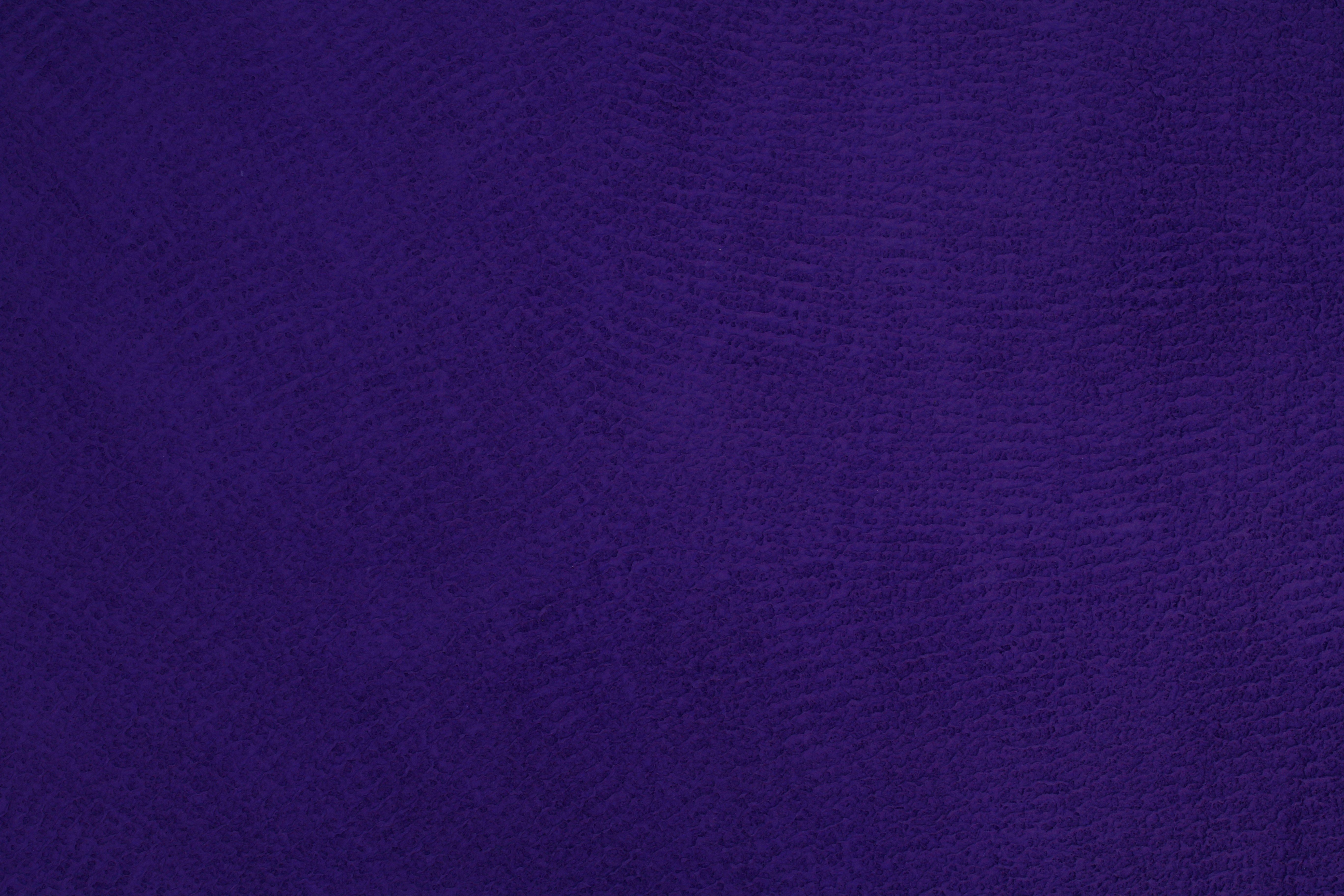Rapid and severe rosacea case: Origin, signs, and remedies
Rare and Severe Skin Condition: Rosacea Fulminans
Rosacea fulminans is an uncommon yet severe inflammatory skin disorder that primarily affects women of childbearing age. This condition is characterized by a sudden onset of facial redness, swelling, and inflammatory lesions resembling acne. The primary affected areas are the chin, cheeks, and nose.
Also known as pyoderma faciale, rosacea fulminans presents as flushed, swollen, and painful nodules and pimples that may merge. These symptoms differ drastically from those associated with rosacea or common acne.
The exact cause of rosacea fulminans remains elusive, although a 2020 review suggests potential links to inflammatory bowel disease and pregnancy. It's worth noting that individuals with a prior history of rosacea might be at a higher risk of developing rosacea fulminans.
Emotional stress, hormonal fluctuations, certain medications, and dietary factors may act as triggers for rosacea fulminans. A 2021 literature review indicates that some dietary triggers can exacerbate rosacea symptoms, but it is essential to remember that these findings do not specifically apply to rosacea fulminans.
Possible dietary triggers include spicy foods, alcohol, foods containing cinnamaldehyde (such as chocolate, tomatoes, and citrus fruits), histamine-rich products (like wine, aged cheese, and processed meats), hot drinks, and items that cause vasodilation or flushing. Individual dietary triggers may vary significantly among patients. As a result, healthcare professionals do not advise universal dietary recommendations for all people with rosacea.
The symptoms of rosacea fulminans primarily affect the forehead, nose, cheeks, and chin, and may include:
- Sudden localized skin color changes, such as redness
- Painful pustules, papules, and nodules that may merge
- Swelling and inflammation
- Flushing and blushing
- Stinging and burning sensations
In some cases, individuals might also experience ocular symptoms, such as dry, burning, or itching eyes and light sensitivity. Systemic symptoms, such as fever and fatigue, are rare.
Treatment options for rosacea fulminans may involve oral isotretinoin, which is a prescription-only acne medication, and corticosteroids, available in oral or topical forms. In some instances, antibiotics, combined with corticosteroids and lifestyle changes, have helped resolve symptoms.
To manage rosacea, healthcare professionals might also recommend identifying and avoiding triggers by reducing stress, making dietary adjustments, and using gentle skin care products on the face. By combining these strategies with medical treatments, individuals may improve their overall symptom management and quality of life.
If you experience symptoms beyond typical rosacea or acne (i.e., large, tender nodules, abscesses, significant facial discomfort, or eye irritation or inflammation), sudden onset of symptoms, symptoms that persist or worsen despite over-the-counter medications or rosacea therapies, or systemic symptoms (like fever), promptly consult a dermatologist or another healthcare professional. Receiving early and accurate diagnosis and treatment can help manage symptoms more efficiently, reduce the risk of complications, and improve overall quality of life.
References:[1] Keown M, McGregor S, Pittard R, et al. Rapid-onset rosacea: A review of triggers and pathophysiology. Dermatology Online Journal. 2012;18(6). doi:10.5091/dermatology-2012.6.3
[2] Feldman SR, Koo BH, Varma MG, et al. Extensive or severe rosacea: Pathophysiology, clinical features and therapeutic approaches. Journal of Clinical and Aesthetic Dermatology. 2016;9(1):22-28.
[3] Kang S, Chang DW. Inflammatory bowel disease and rosacea: More than a coincidence? Annals of Dermatology. 2012;24(3):258-262.
[4] Varga SI, Neo TP, Baldwin HE, et al. Rosacea: Pathophysiology, clinical features, and management strategies. International Journal of Women's Dermatology. 2021;7(1):20-30.
[5] Chang DW, Kim TW. Relation between varied medications and acne: Evidence-based review. Annals of Dermatology. 2007;19(4):306-311.
- Rosacea fulminans is a severe skin condition, categorized under dermatology, which primarily affects women's health, particularly those of childbearing age, and is often characterized by skin-care symptoms such as sudden redness, swelling, and inflammatory lesions resembling acne.
- In the field of science and medical-conditions, the exact cause of rosacea fulminans remains unclear, although some studies suggest potential links to inflammatory bowel disease and pregnancy.
- The skin-care management of rosacea fulminans might involve identifying and avoiding triggers, such as emotional stress, certain medications, and dietary factors, along with gentle skin care products and lifestyle changes.
- For individuals experiencing severe or unusual symptoms of rosacea, including large nodules, significant facial discomfort, eye irritation or inflammation, or systemic symptoms like fever, prompt consultation with a dermatologist or healthcare professional is essential for accurate diagnosis and effective treatment.








